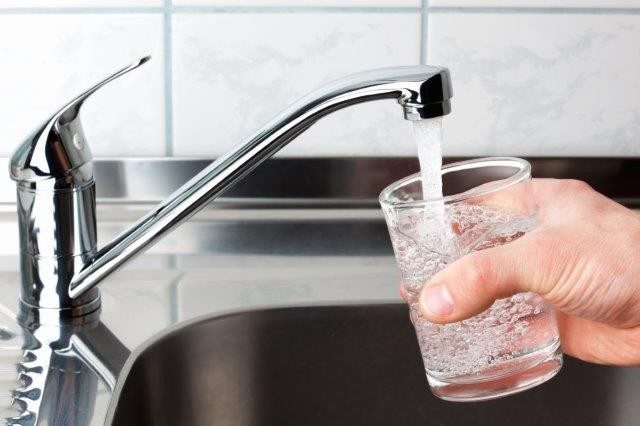FOR IMMEDIATE RELEASE
ACS News Service Weekly PressPac: November 28, 2018
Checking water quality at the tap
“Reconnaissance of Mixed Organic and Inorganic Chemicals in Private and Public Supply Tapwaters at Selected Residential and Workplace Sites in the United States”
Environmental Science & Technology
When consumers turn on a faucet, they expect the drinking water that gushes out to be safe. A new report in ACS’ journal Environmental Science & Technology found that U.S. public-supply tap water generally meets all enforceable standards. However, routine testing for most prospective contaminants is carried out before water is distributed, not where it’s used, and the report indicates some consumers are exposed to contaminant mixtures that aren’t commonly monitored.
Assessment at the tap is desirable because leaks, cross-connections, back-siphonage and corrosion in the distribution system can diminish water quality and harm public health. In addition, more than 40 million U.S. consumers depend on private wells. The U.S. Environmental Protection Agency (EPA) isn’t authorized to monitor private supplies, and few owners do so. To help gain more information about what’s going on at the point of water use, Paul M. Bradley and colleagues at the U.S. Geological Survey (USGS), EPA, National Institute of Environmental Health Sciences and Colorado School of Mines conducted a pilot-scale survey of tap water from 11 states.
The researchers collected one water sample from each of 26 home and office sites. Samples from private wells, public water supplies and a water cooler were checked for 482 organic and 19 inorganic compounds. The team detected 75 organic and 18 inorganic compounds. Only a water sample from one private well exceeded regulatory standards – in this case, the water was found to contain double the maximum recommended amount of uranium. However, lead was detected in 23 samples. Although none of these samples exceeded current lead regulations, the EPA drinking water goal of zero indicates that no lead exposure is considered safe. The organic compounds detected included pesticides, pharmaceuticals and numerous byproducts of typical water disinfection processes, such as chlorination. The researchers note that little is known about the cumulative health effects of exposure to these mixtures of low-level contaminants among vulnerable populations, such as children and pregnant or breast-feeding women. Tap water monitoring will provide the exposure data needed for public health researchers to address this gap.
The authors acknowledge funding from the Toxic Substances Hydrology and Contaminant Biology programs of the USGS Environmental Health Mission Area.
Note: ACS does not conduct research, but publishes and publicizes peer-reviewed scientific studies.


